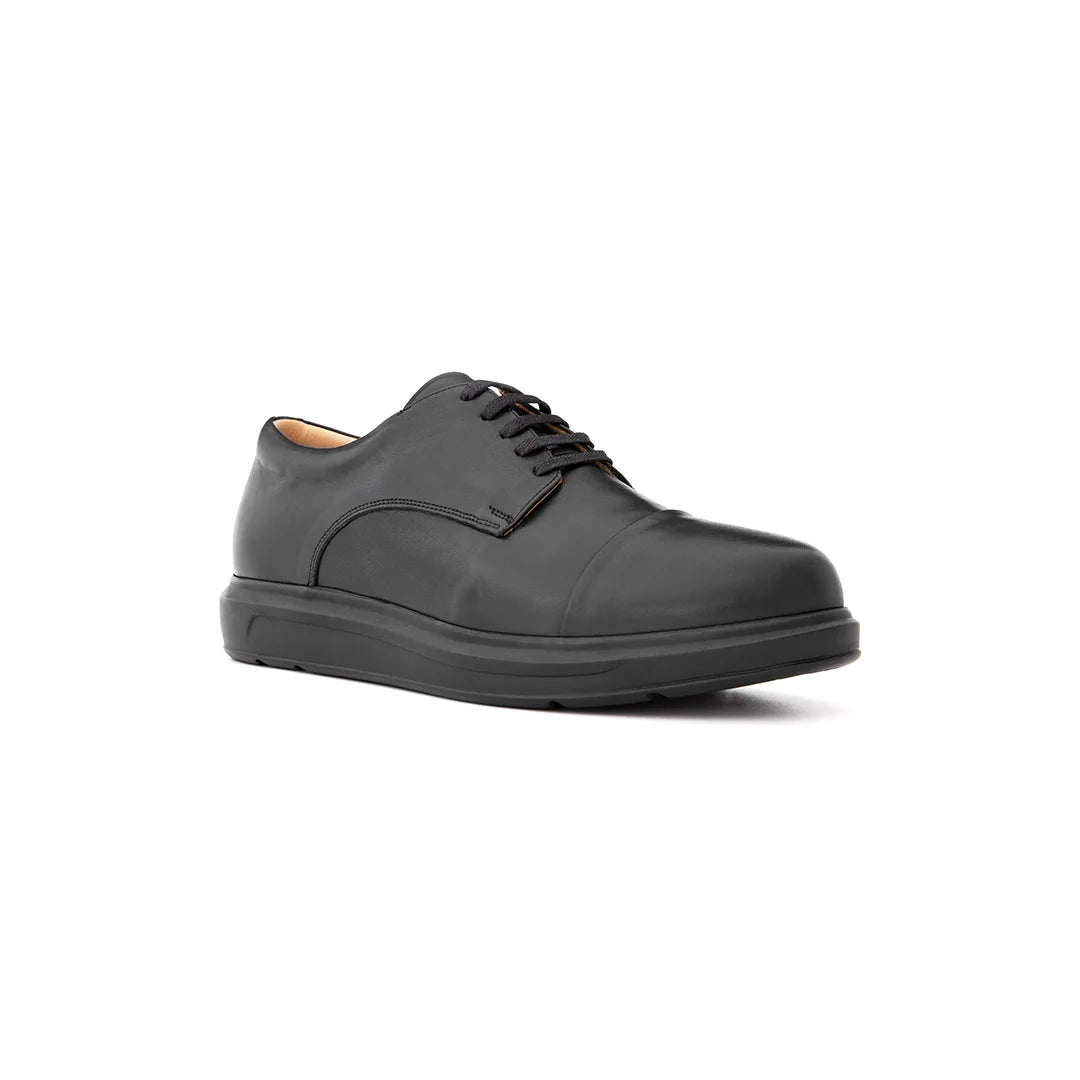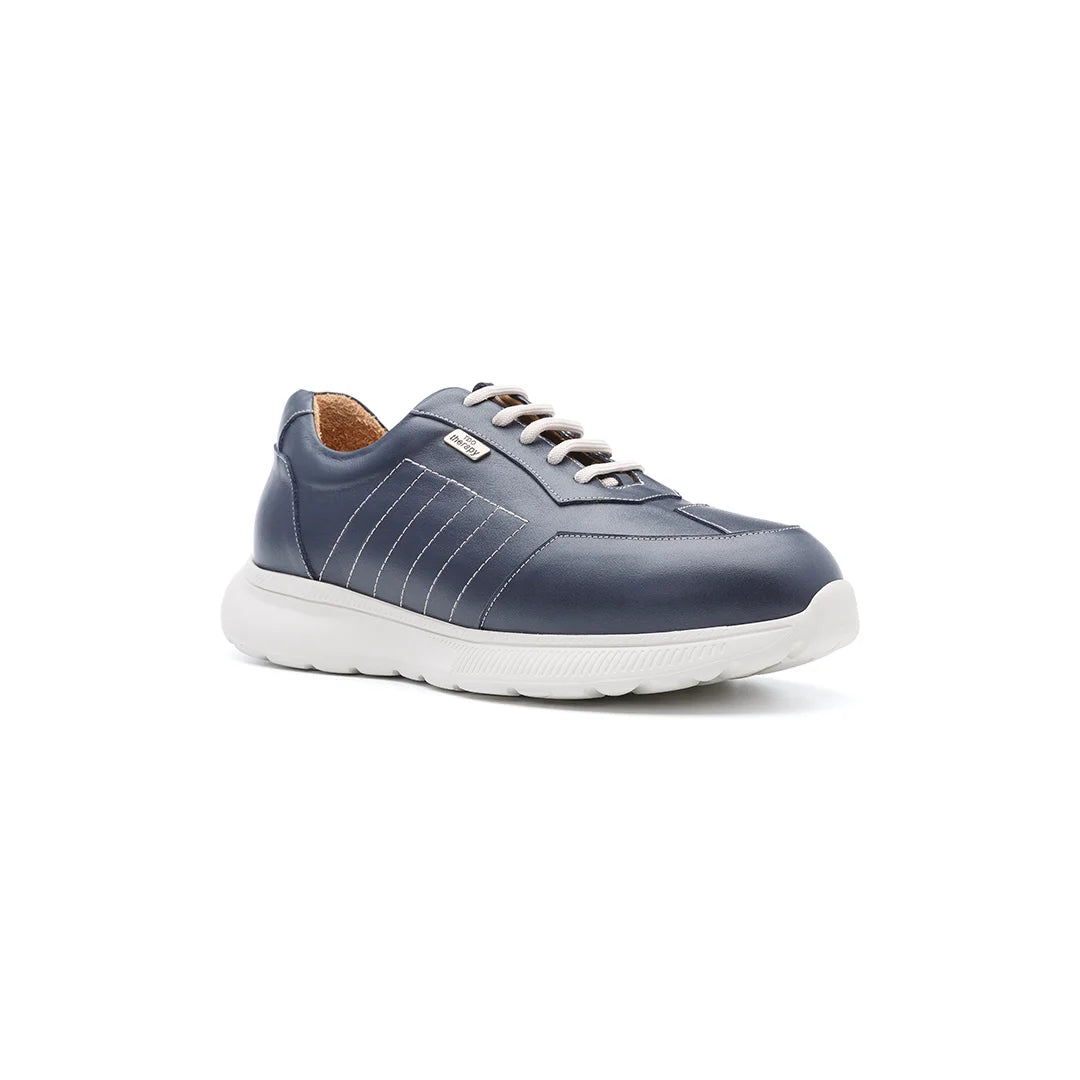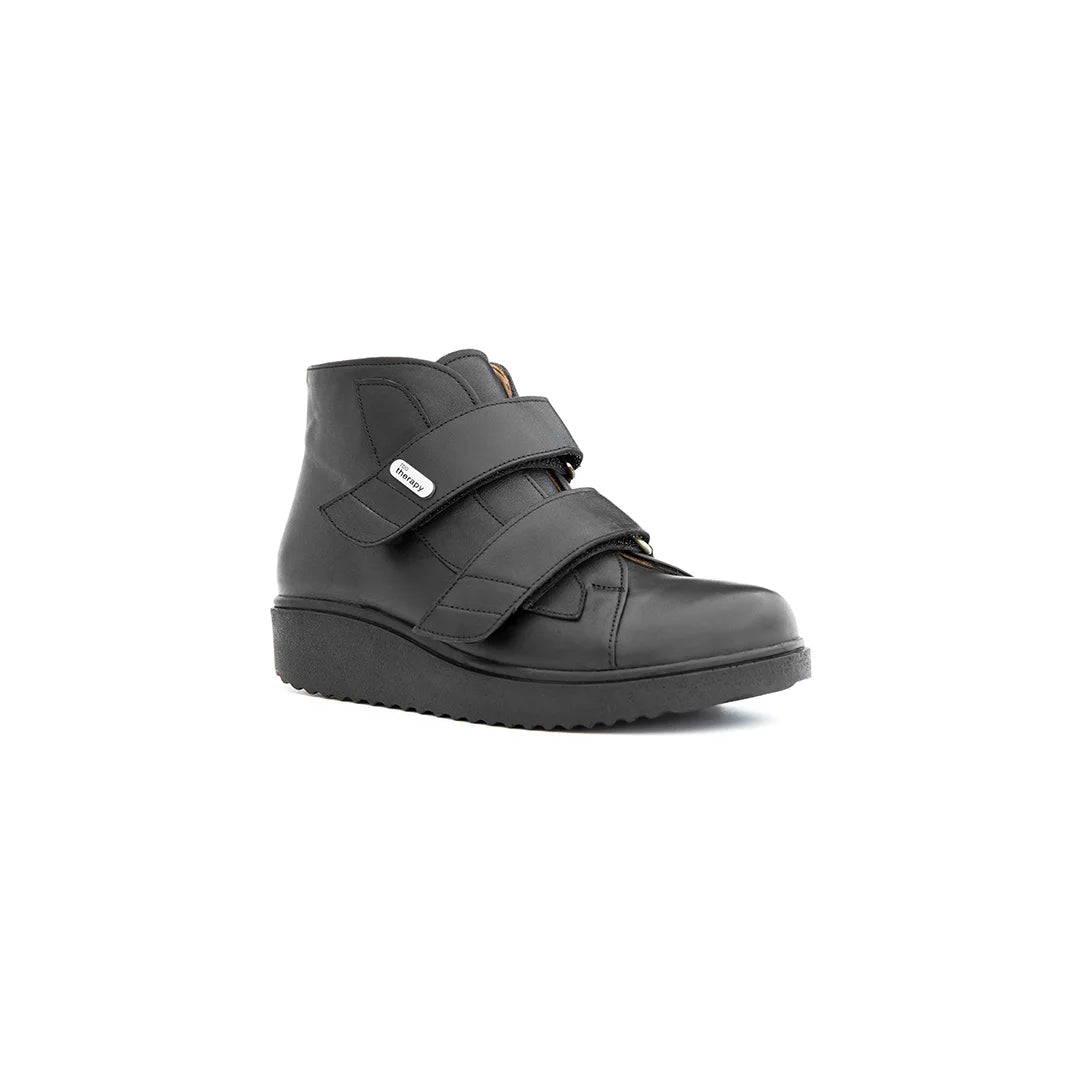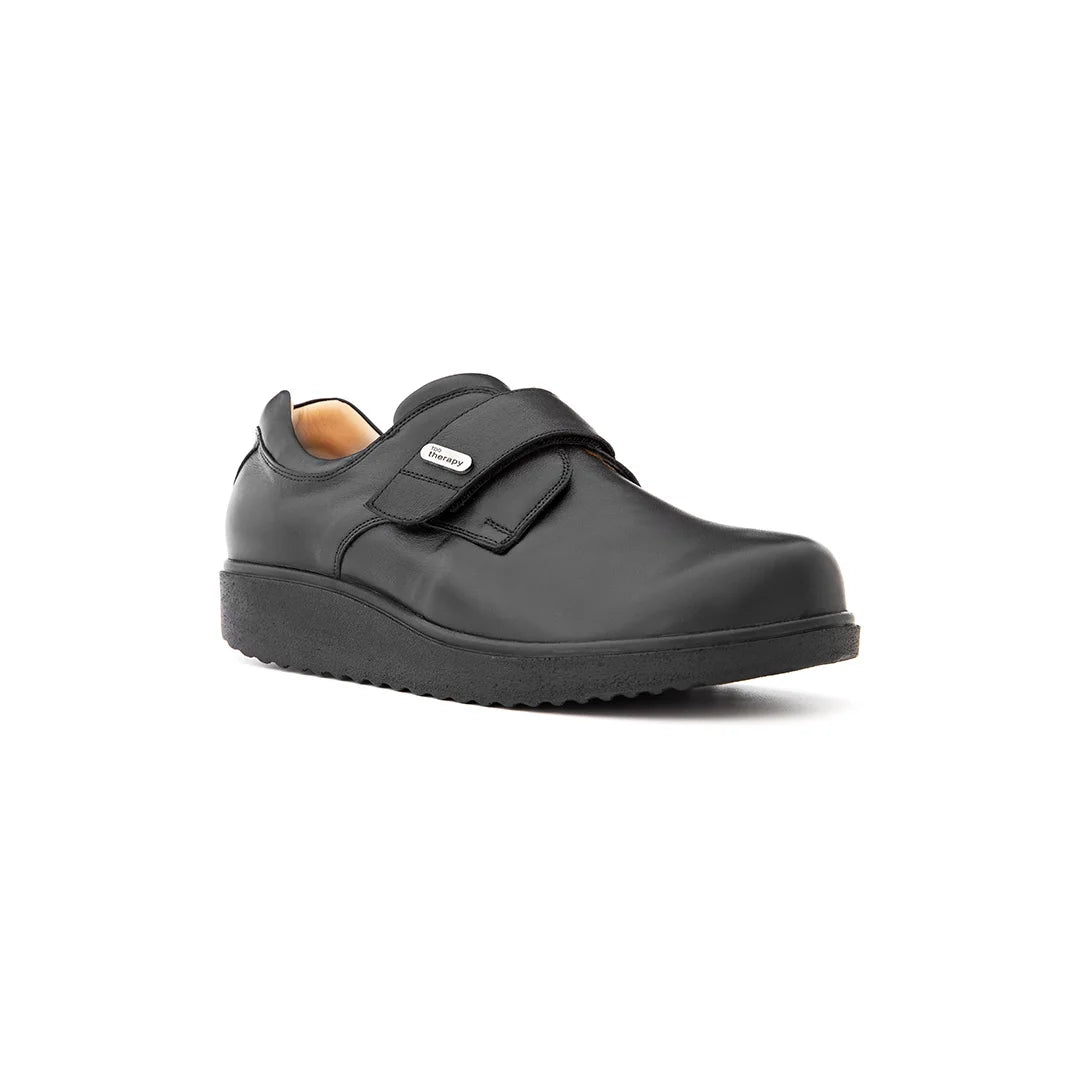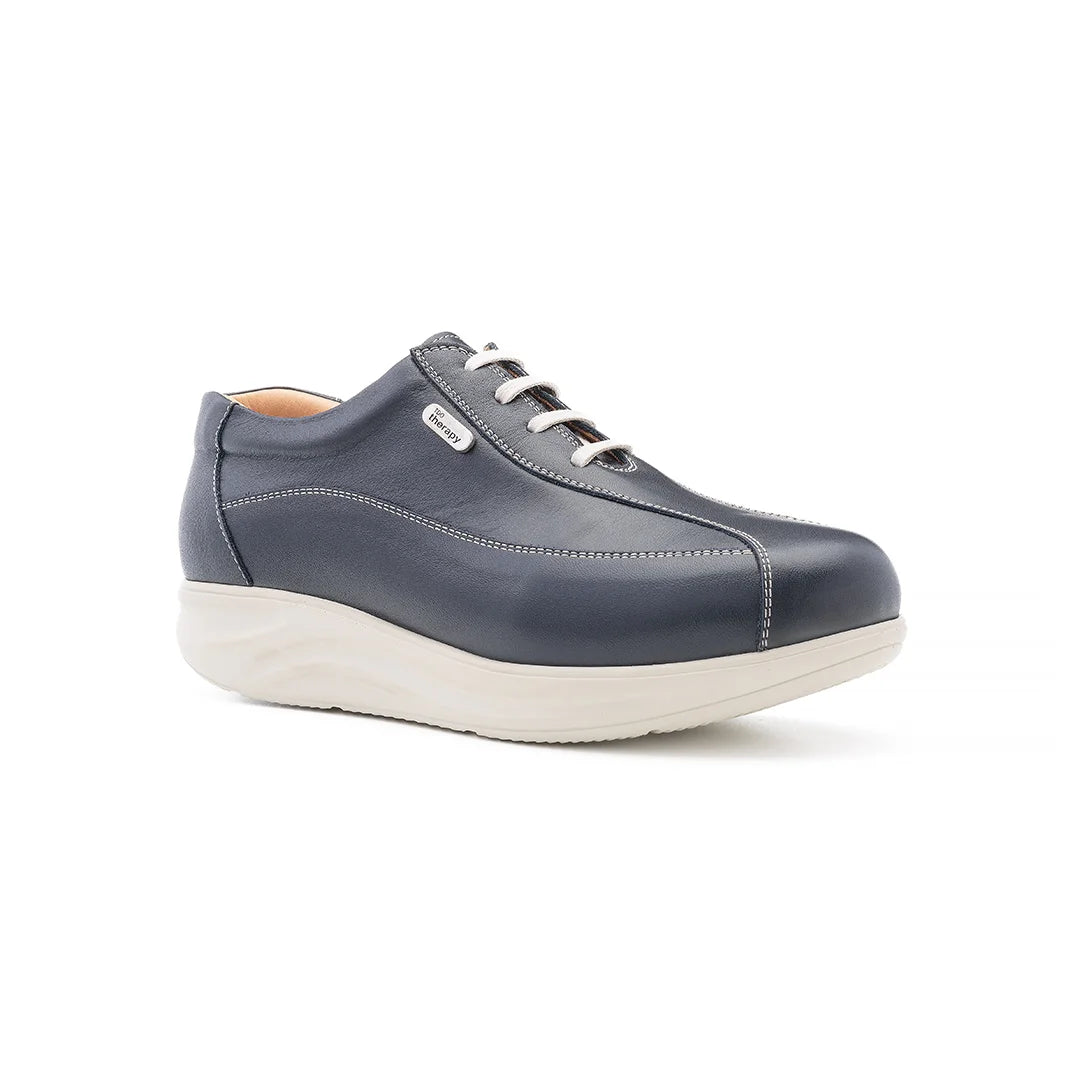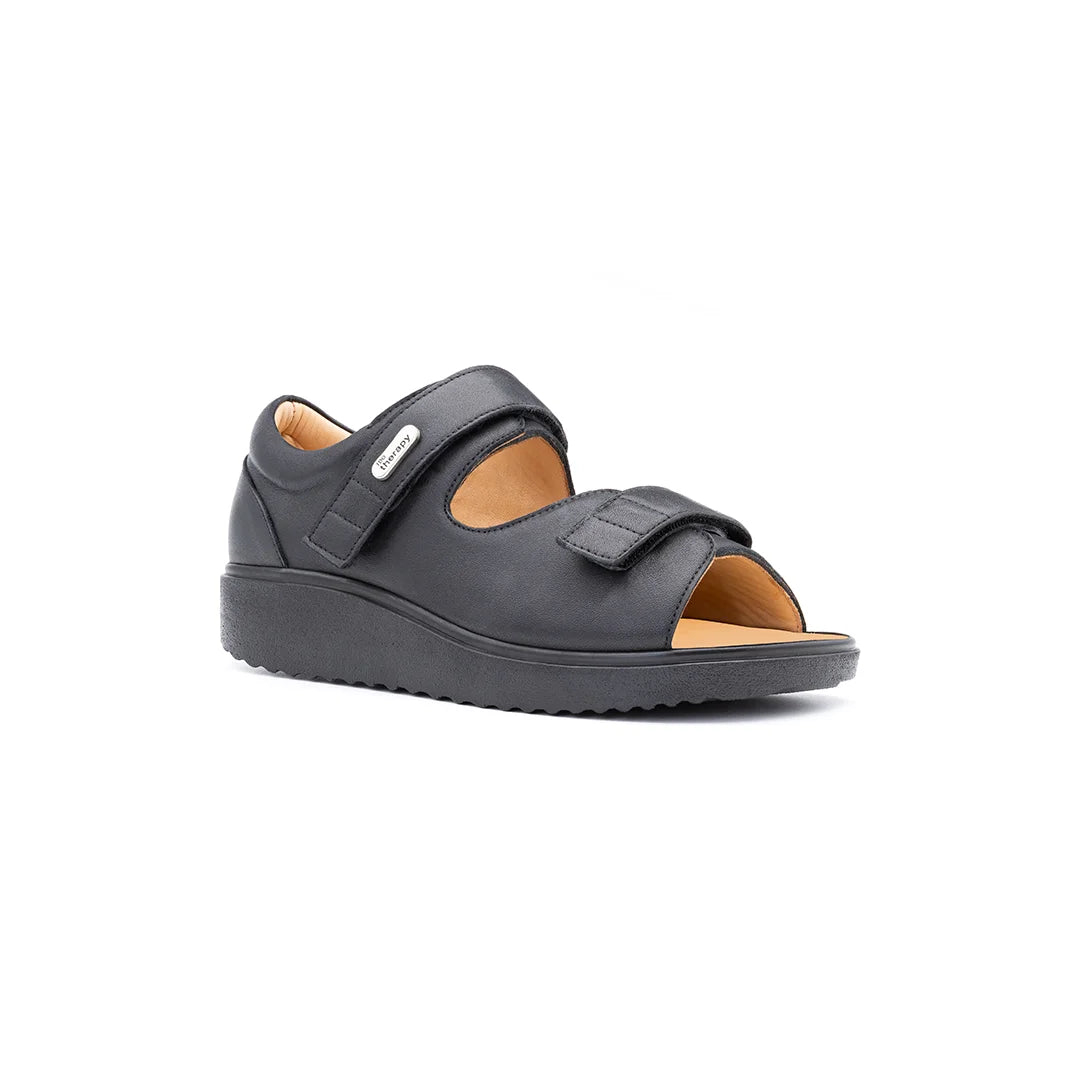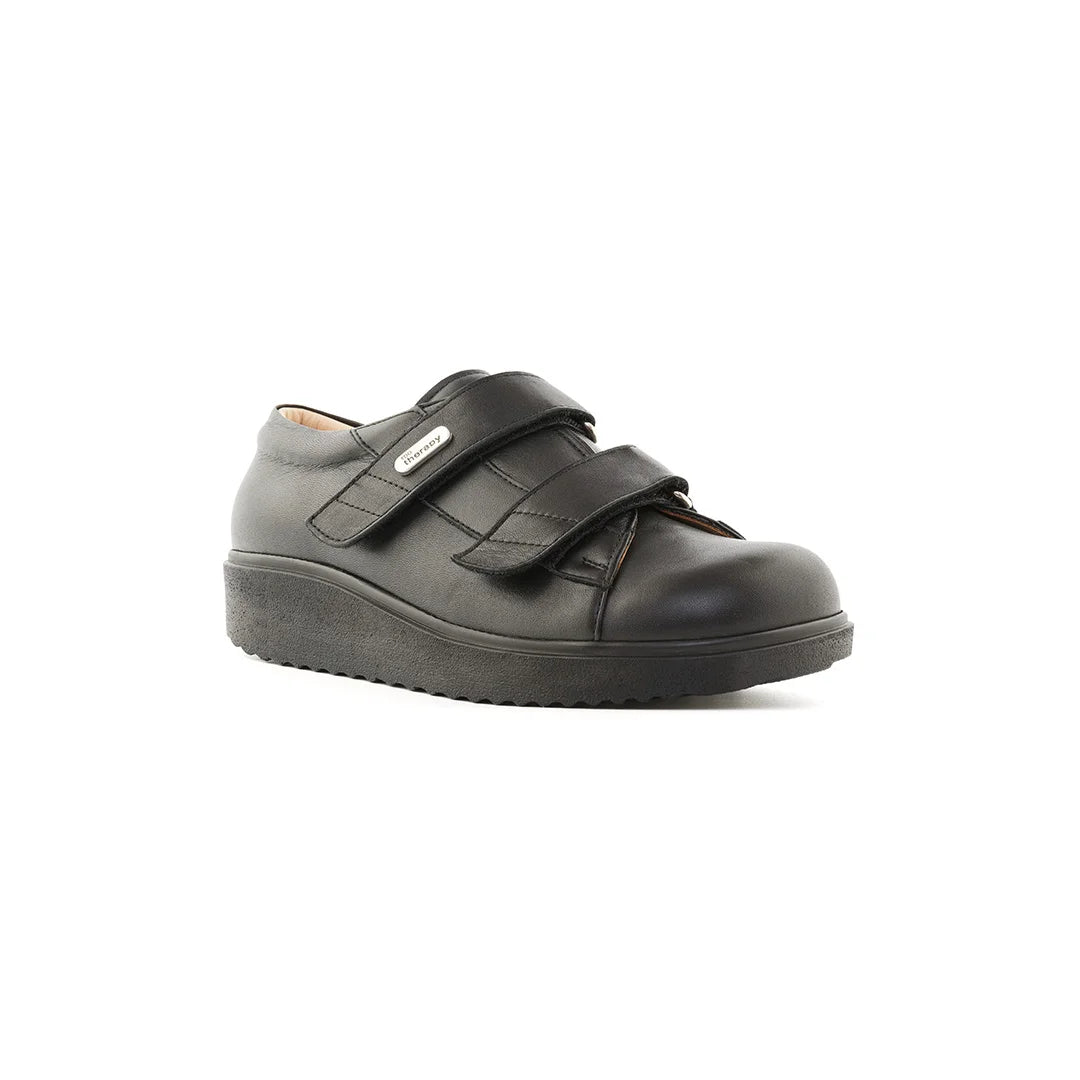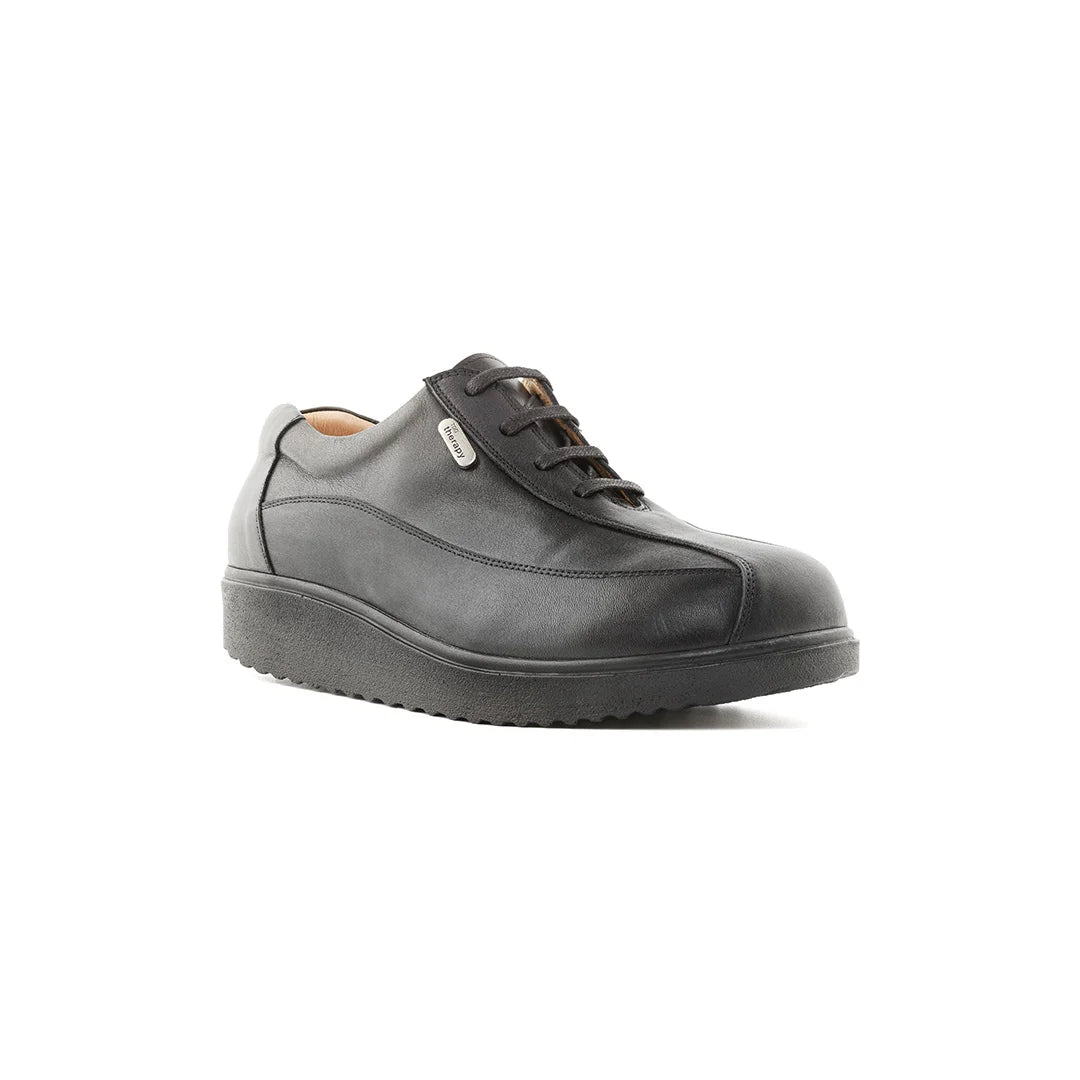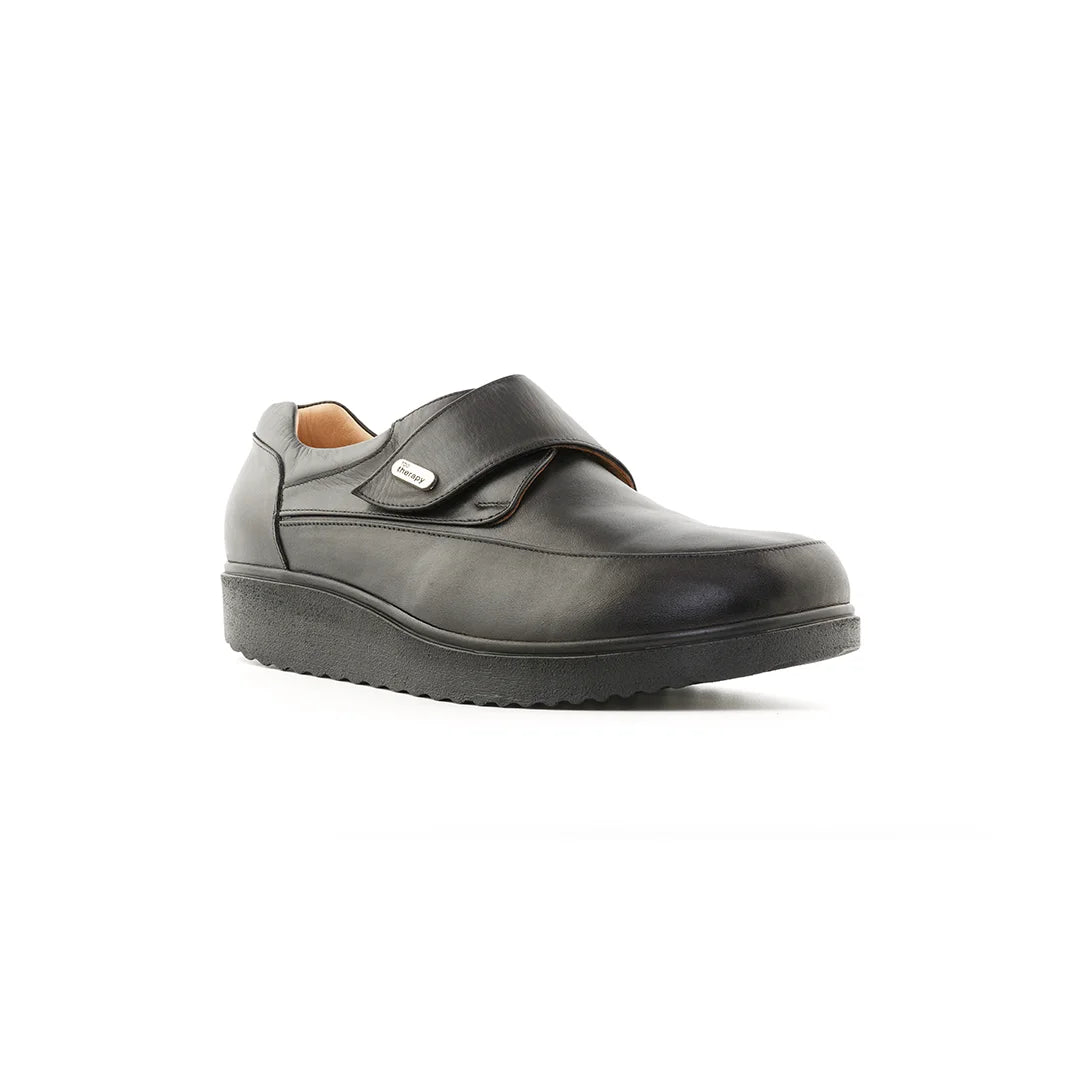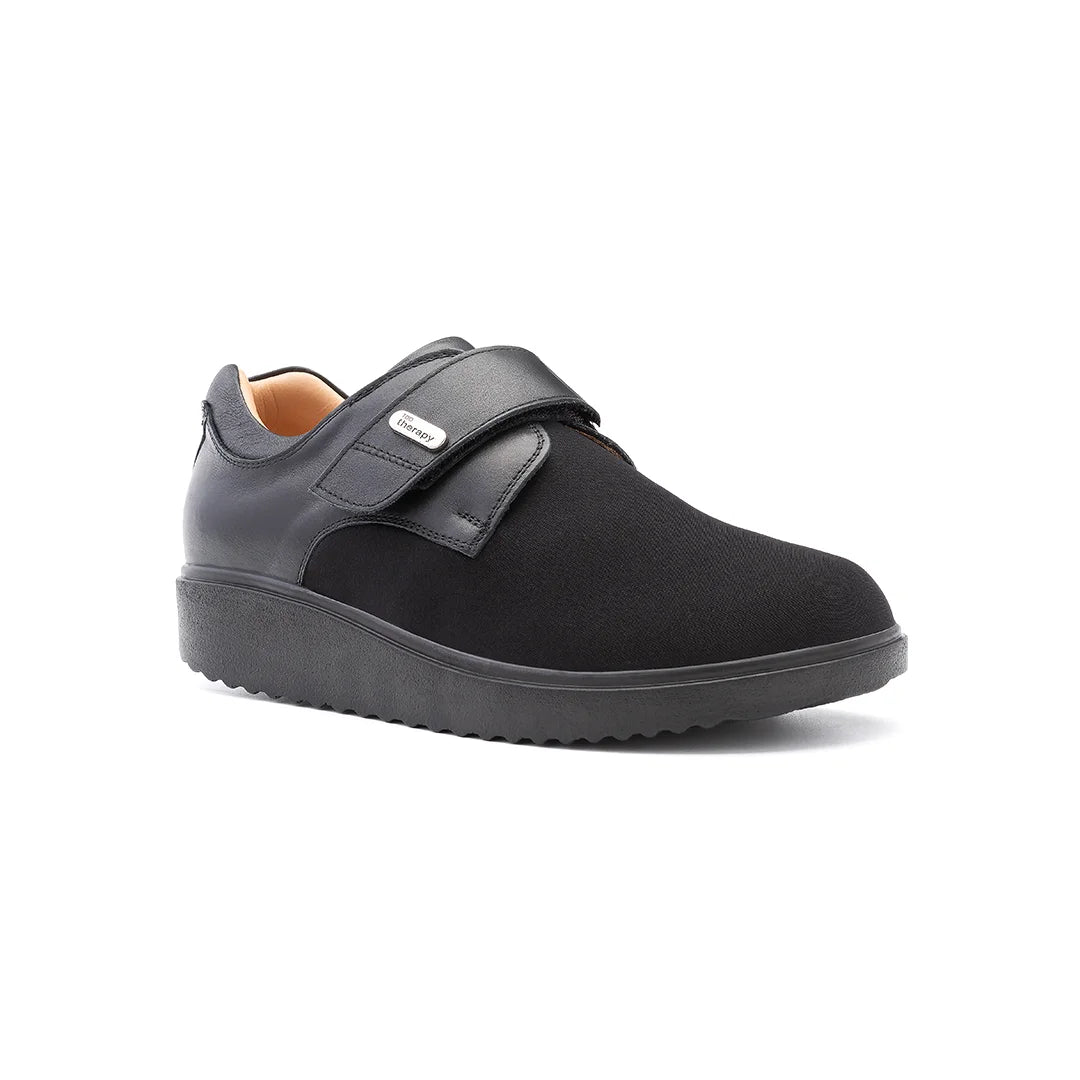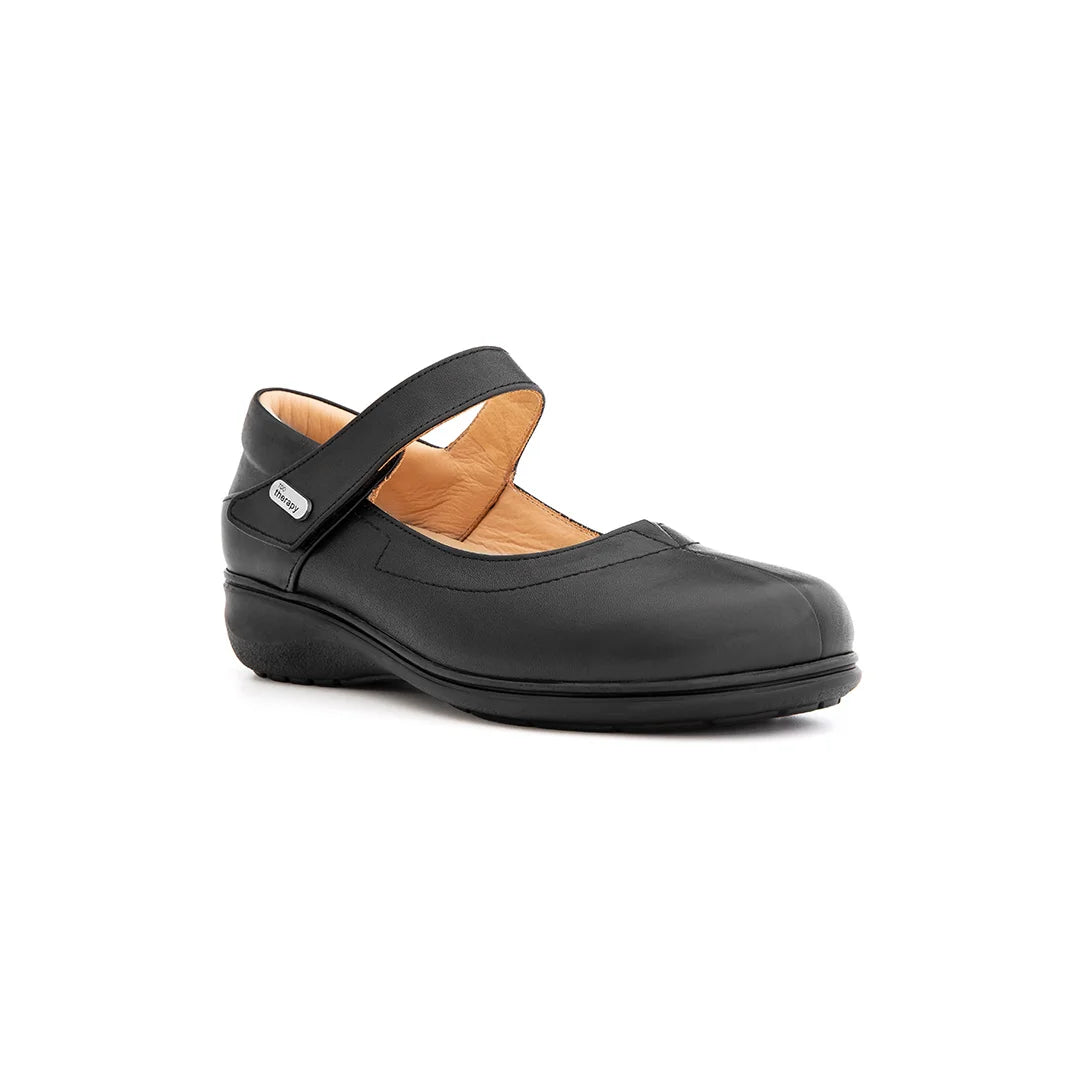Finding the perfect pair of orthopedic shoes can transform your daily comfort, especially if you deal with foot conditions like plantar fasciitis, arthritis, or diabetes. However, even the best orthopedic shoes can fall short if they don’t fit properly, with heel slippage being one of the most common complaints. Heel slippage not only causes discomfort but can also lead to blisters, instability, and reduced support. At TDO Therapy, we specialize in stylish, functional orthopedic footwear designed to prioritize foot health. In this comprehensive guide, we’ll share expert Orthopedic Shoe Hacks: How to Avoid Heel Slippage and Improve Fit, helping you achieve all-day comfort without sacrificing style. Whether you’re using custom orthotics or seeking better shoe stability, these practical tips will elevate your footwear experience. Explore TDO Therapy’s collection at tdotherapy.co.uk to find shoes tailored to your needs.
Why Heel Slippage Happens in Orthopedic Shoes
Heel slippage is a frustrating issue that can undermine the benefits of even the most supportive orthopedic shoes. Understanding why it occurs is the first step to addressing it effectively. Several factors contribute to this problem:
-
Improper Shoe Fit: Shoes that are too long or wide for your foot can leave excess space around the heel, causing it to lift with each step. This is especially common for individuals with narrow heels or smaller foot sizes.
-
Foot Shape Variations: Not all feet are shaped the same. Those with high arches or narrow heels are more prone to slippage, as standard shoe designs may not hug their foot contours snugly.
-
Orthotic Inserts: While custom orthotics provide essential support, they can slightly raise your foot in the shoe, altering the heel’s position and leading to slippage.
-
Material Stretch Over Time: Some shoe materials, like leather or synthetic uppers, may stretch with prolonged use, loosening the fit around the heel.
-
Lack of Adjustable Features: Shoes without laces, straps, or other adjustable closures may fail to secure the foot properly, especially for those with fluctuating foot sizes due to swelling.
At TDO Therapy, our orthopedic shoes are designed with features like wide toe boxes, adjustable closures, and removable insoles to minimize these issues. By choosing the right shoe and applying the hacks below, you can prevent heel slippage and enjoy a secure, comfortable fit.
Orthopedic Shoe Hacks: How to Avoid Heel Slippage and Improve Fit
These practical hacks are designed to help you customize your orthopedic shoes for a perfect fit, addressing heel slippage and enhancing overall comfort. Each solution is easy to implement and compatible with TDO Therapy’s orthotic-friendly footwear.
Hack 1: Use the Reverse Lacing Technique
One of the simplest yet most effective ways to prevent heel slippage is the reverse lacing technique, also known as the “runner’s loop.” Many orthopedic shoes, including those from TDO Therapy, feature extra eyelets near the ankle. By threading your laces through these eyelets in a specific pattern, you can create a tighter, more secure fit around the heel and ankle.
How to Do It:
-
Thread the lace through the top eyelet on the same side, creating a small loop.
-
Cross the lace to the opposite side and thread it through the loop.
-
Pull the laces tight to lock the heel in place, then tie as usual.
This method pulls the shoe’s upper snugly against your ankle, reducing slippage without compromising toe room. TDO Therapy’s lace-up orthopedic shoes, such as those in our wide-fit collection, are ideal for this technique, offering durable laces and multiple eyelets for customization.
Hack 2: Add Heel Grips or Liners
Heel grips or cushioned liners are affordable, adhesive accessories that add padding to the heel cup, filling extra space and preventing your foot from lifting. These are particularly useful for shoes that are slightly too large or for feet with narrow heels.
How to Use Them:
-
Purchase self-adhesive heel grips or gel liners from a pharmacy or online retailer.
-
Clean the inner heel area of your shoe to ensure the adhesive sticks properly.
-
Place the grip or liner in the heel cup, adjusting its position to maximize comfort.
-
Test the fit and reposition if needed to avoid irritation.
TDO Therapy’s orthopedic shoes feature seamless interiors, making them compatible with heel grips without causing discomfort. For added cushioning, consider gel-based liners, which also absorb shock during walking.
Hack 3: Opt for Adjustable Closures
Shoes with adjustable closures, such as Velcro straps, buckles, or elastic laces, allow you to customize the fit to your foot’s unique shape and size. This is especially beneficial for individuals with swelling, narrow heels, or those using orthotics, as you can tighten or loosen the shoe as needed throughout the day.
Why It Works:
-
Adjustable closures provide a snug fit around the midfoot and heel, reducing slippage.
-
They accommodate foot volume changes, common in conditions like diabetes or edema.
-
They’re easy to use for those with limited dexterity, such as arthritis patients.
TDO Therapy offers a range of orthopedic shoes with Velcro straps and adjustable buckles, designed to ensure a secure fit while maintaining a stylish appearance. Explore our collection at tdotherapy.co.uk to find options that suit your needs.
Hack 4: Choose Shoes with Removable Insoles
Orthopedic shoes with removable insoles offer unparalleled flexibility, allowing you to replace the standard insole with custom orthotics or add supportive inserts without compromising fit. This is crucial for preventing heel slippage, as thick orthotics can otherwise raise your foot too high in the shoe.
Benefits of Removable Insoles:
-
Create space for custom orthotics tailored to your foot condition.
-
Allow you to add thin inserts or pads for extra cushioning without overcrowding the shoe.
-
Maintain proper heel alignment to reduce slippage.
TDO Therapy’s orthotic-friendly shoes are designed with extra depth and removable insoles, making them ideal for users with custom inserts. Check our size guides and product descriptions to ensure a perfect match for your orthotics.
Hack 5: Try Tongue Pads or Insoles
Tongue pads and half insoles are lesser-known but highly effective tools for improving shoe fit. Tongue pads are adhesive cushions placed under the shoe’s tongue to push your foot back into the heel cup, while half insoles add padding under the forefoot to fill excess space.
How to Apply:
-
For tongue pads, attach them to the underside of the shoe’s tongue, ensuring they don’t press uncomfortably on the top of your foot.
-
For half insoles, place them under the existing insole or directly under your foot’s forefoot area.
-
Test the fit to ensure the pads don’t cause tightness in the toe box.
These hacks work seamlessly with TDO Therapy’s cushioned, breathable shoes, which provide ample room for additional padding. They’re especially useful for those with narrow feet or shoes that feel slightly loose.
Hack 6: Size Down or Use Padded Socks
Sometimes, the simplest solution to heel slippage is adjusting your shoe size or sock choice. If your orthopedic shoes feel too roomy, consider sizing down slightly (e.g., half a size) to achieve a snugger fit around the heel. Alternatively, wearing padded or thicker socks can fill extra space and improve grip.
Tips for Success:
-
Use TDO Therapy’s online size guide to confirm your measurements before sizing down.
-
Opt for moisture-wicking, padded socks to enhance comfort and prevent blisters.
-
Avoid overly thick socks that crowd the toe box or cause pressure points.
TDO Therapy’s shoes are designed with breathable materials, making them compatible with padded socks for all-day wear. Pair this hack with other techniques, like heel grips, for maximum effectiveness.

How to Choose the Right Orthopedic Shoes to Prevent Slippage
Preventing heel slippage starts with selecting the right orthopedic shoes. Here are key features to prioritize when shopping:
-
Snug Heel Counter: A firm, supportive heel counter (the back part of the shoe) keeps your heel in place. Test the counter by pressing it—it should feel sturdy, not collapsible.
-
Wide Toe Box: A spacious toe box prevents crowding and allows natural toe splay, which improves overall stability and reduces heel movement.
-
Adjustable Fit: Look for laces, Velcro straps, or buckles to customize the fit, especially if your foot size fluctuates.
-
Breathable, Durable Materials: High-quality leather or mesh uppers maintain their shape over time, reducing stretch-related slippage.
-
Orthotic Compatibility: Shoes with removable insoles and extra depth accommodate custom inserts without altering fit.
TDO Therapy’s orthopedic shoe collection is curated to meet these criteria, offering stylish designs that don’t compromise on function. Visit tdotherapy.co.uk to browse our range of wide-fit, adjustable, and orthotic-friendly shoes, complete with detailed size guides to ensure a perfect fit.
FAQ: Common Questions About Orthopedic Shoe Hacks
1. What causes heel slippage in orthopedic shoes?
Heel slippage occurs when there’s excess space in the heel cup, often due to improper sizing, narrow heels, or thick orthotics raising the foot. Foot shape variations, like high arches, and material stretch can also contribute. TDO Therapy’s orthopedic shoes address this with adjustable closures and snug heel counters, ensuring a secure fit for various foot types.
2. How can I stop my heels from slipping without buying new shoes?
You can prevent heel slippage in existing shoes by using heel grips, tongue pads, or the reverse lacing technique. Adding half insoles or wearing padded socks can also fill extra space. These hacks are cost-effective and work well with TDO Therapy’s seamless, cushioned shoes for maximum comfort.
3. Are TDO Therapy shoes suitable for custom orthotics?
Absolutely. TDO Therapy’s orthopedic shoes feature removable insoles and extra depth, making them ideal for custom orthotics. This design ensures your inserts fit comfortably without raising your heel excessively, reducing the risk of slippage. Check our product descriptions for orthotic-friendly models.
4. Can padded socks help with heel slippage?
Yes, padded socks add volume to your foot, filling gaps in the shoe and reducing heel movement. Opt for moisture-wicking, cushioned socks to enhance comfort and prevent blisters. TDO Therapy’s breathable shoes pair perfectly with padded socks, ensuring all-day wearability without overheating.
5. How do I know if my orthopedic shoes fit properly?
A properly fitting orthopedic shoe should have a snug heel, a roomy toe box, and no slipping or rubbing. Your toes should have wiggle room, and the shoe shouldn’t pinch or feel tight. Use TDO Therapy’s size guide and try shoes with adjustable features to achieve the best fit.



